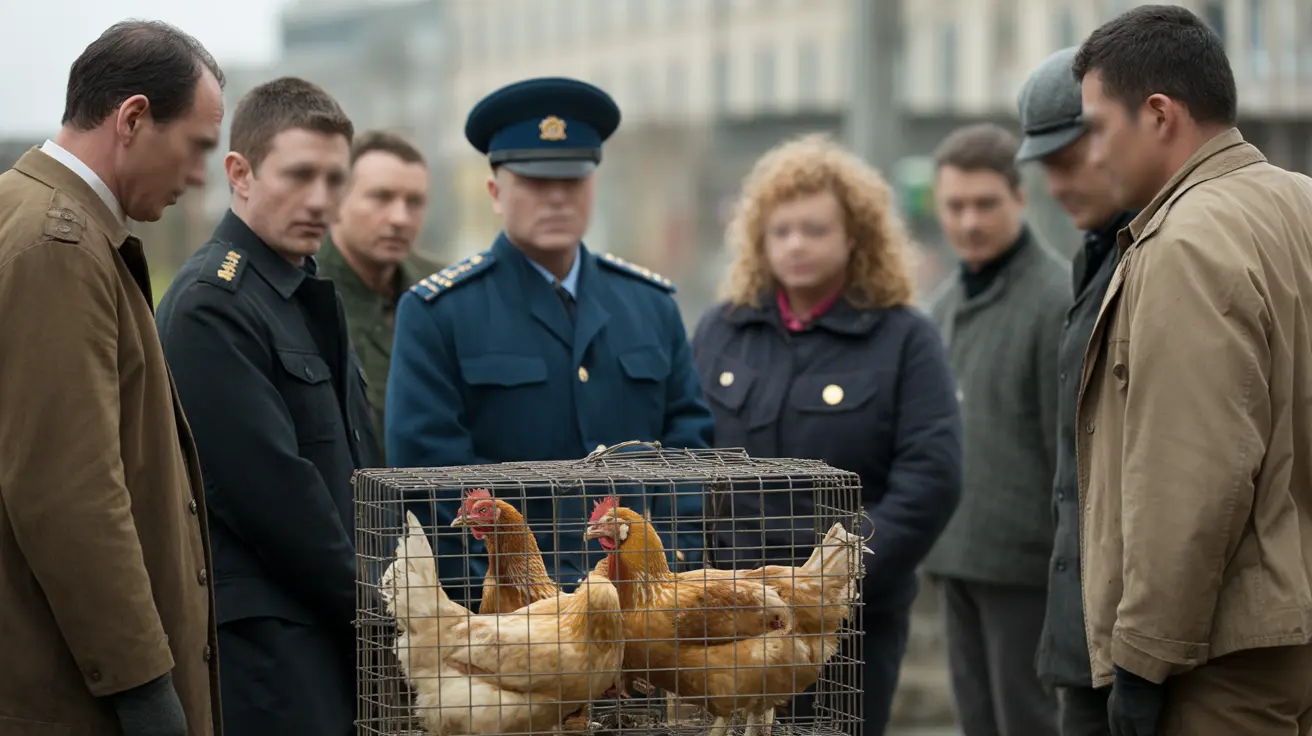A disturbing case of animal hoarding has come to light in New York, where authorities discovered more than 200 animals living in concerning conditions at a wildlife rehabilitator's residence. The situation gained additional urgency when rescuers found a 95-year-old woman essentially trapped inside the debris-filled home.
The discovery highlights the complex challenges that can arise when wildlife rehabilitation efforts become overwhelming, potentially crossing the line into animal hoarding situations. This case represents a particularly concerning intersection of animal welfare and elder care issues.
Wildlife Rehabilitation Gone Wrong
What began as a licensed wildlife rehabilitation operation apparently evolved into a serious animal welfare concern. The presence of over 200 animals in a residential setting raises significant questions about the capacity for proper care and maintenance of both the animals and the living space.
Understanding Animal Welfare Laws
While wildlife rehabilitators play a crucial role in animal care and conservation, there are strict regulations governing these activities. Licensed rehabilitators must maintain appropriate living conditions, provide adequate care, and ensure both human and animal safety within their facilities.
Signs of Animal Hoarding
In this case, several classic indicators of animal hoarding were present:
- An overwhelming number of animals in a residential setting
- Deteriorating living conditions affecting both humans and animals
- Accumulation of debris that impeded normal movement and access
- Compromise of basic sanitation and living standards
Impact on Animal and Human Health
The discovery of the elderly resident trapped among the debris underscores how animal hoarding situations can endanger both animal and human welfare. These conditions often create health hazards through:
- Poor ventilation
- Unsanitary conditions
- Limited access to essential care and services
- Potential spread of diseases
Animal Rescue Operations
When authorities encounter cases like this, coordinated rescue operations typically involve multiple agencies and organizations working together to:
- Assess the condition of all animals
- Provide immediate veterinary care
- Document the situation for potential legal proceedings
- Coordinate temporary housing and long-term placement options
Frequently Asked Questions
What are the signs of animal hoarding?
Animal hoarding situations typically involve overcrowded living conditions, inadequate animal care, and deteriorating household conditions. Warning signs include an unusually high number of animals, strong odors, and visible signs of neglect in both the living space and animal care.
How can concerned citizens help prevent animal hoarding?
If you suspect an animal hoarding situation in your community, contact local animal welfare authorities or law enforcement. Early intervention is crucial for both the animals' welfare and the hoarder's well-being. Support local animal welfare organizations that provide education and resources about responsible pet ownership.
What happens to animals rescued from hoarding situations?
Rescued animals are typically evaluated by veterinary professionals and transferred to appropriate animal welfare organizations. These organizations provide necessary medical care and rehabilitation, with the goal of eventually finding suitable adoptive homes for the animals when possible.
The Path Forward
This incident serves as a reminder of the importance of proper oversight and support systems in animal care operations. While wildlife rehabilitation serves a vital purpose, it must be conducted within appropriate guidelines and with adequate resources to ensure both human and animal welfare.
Communities can work together to prevent similar situations by staying vigilant, supporting local animal welfare initiatives, and ensuring that wildlife rehabilitators have access to necessary resources and support systems to maintain proper standards of care.






